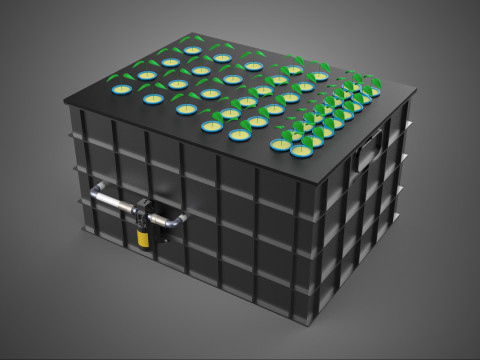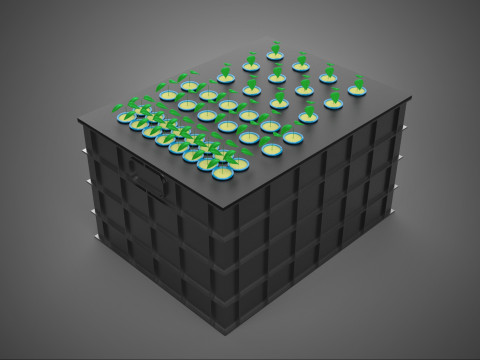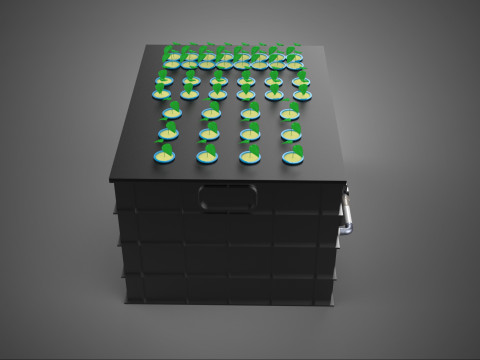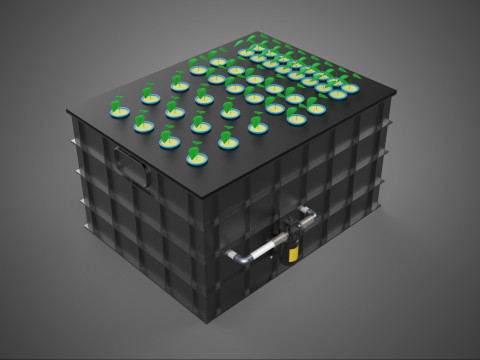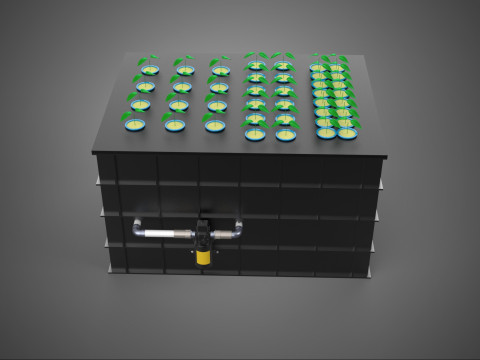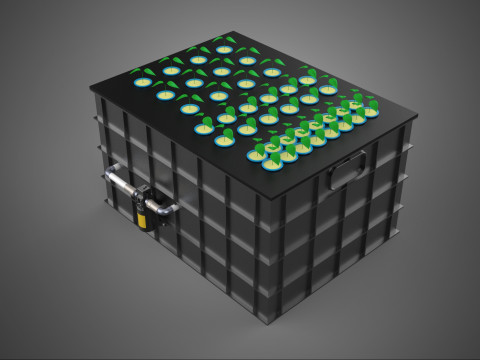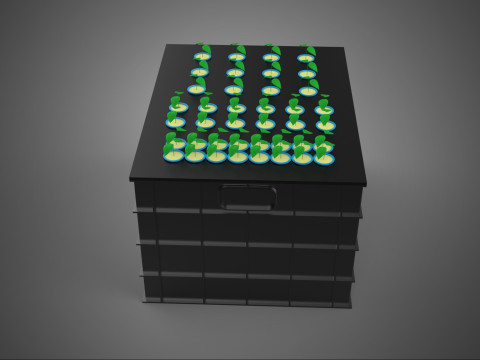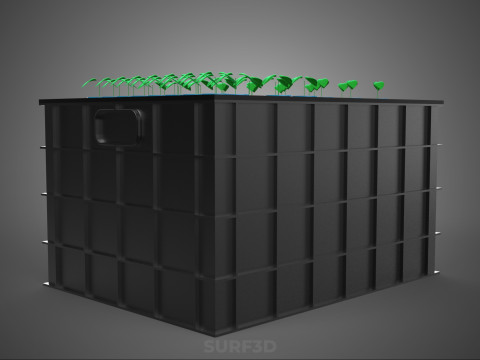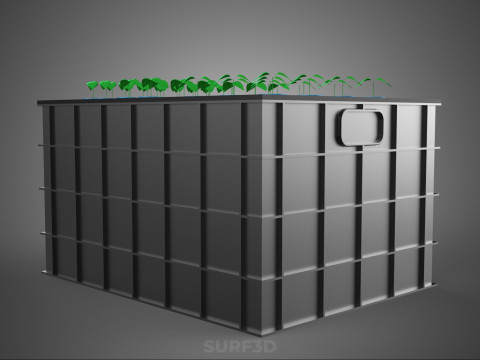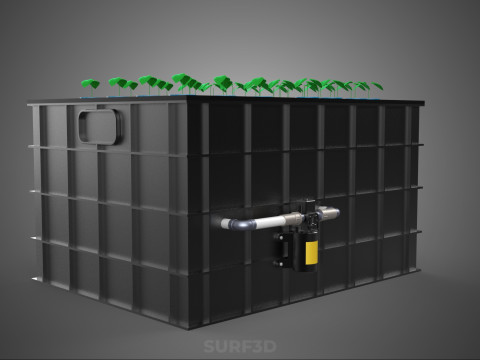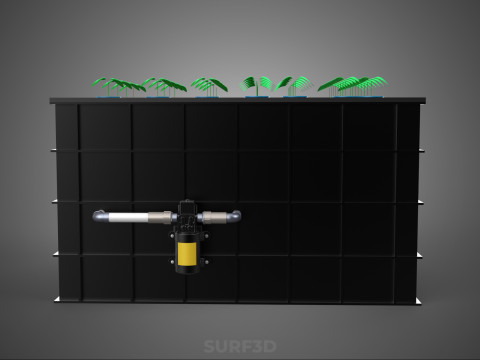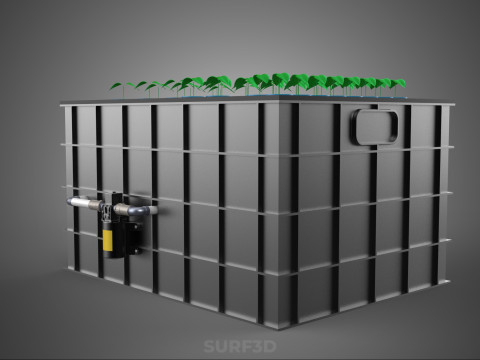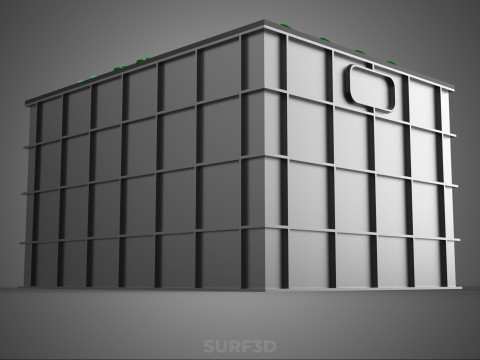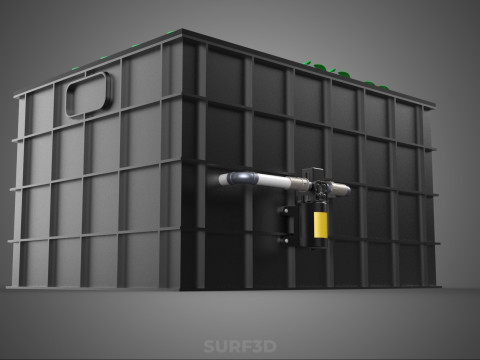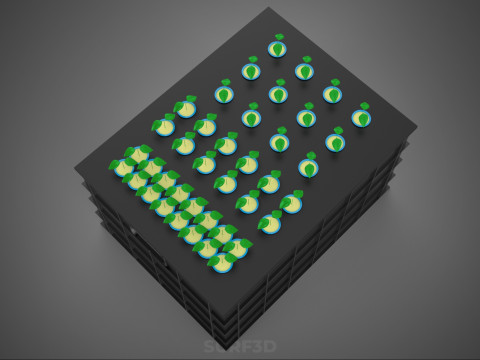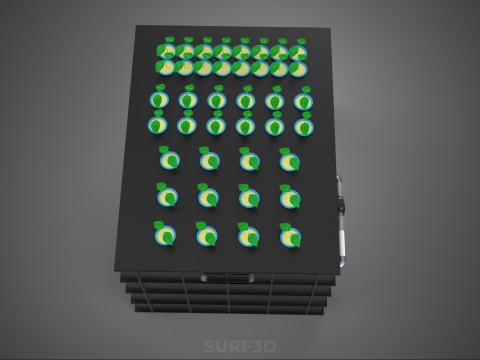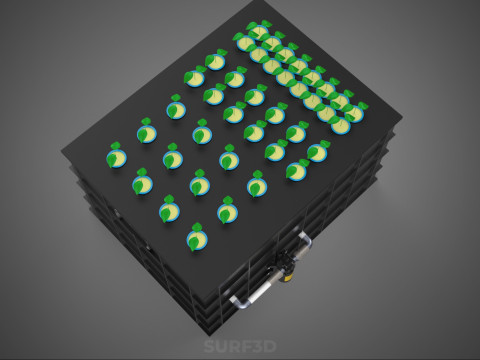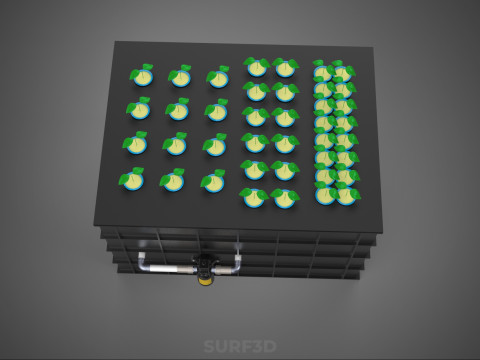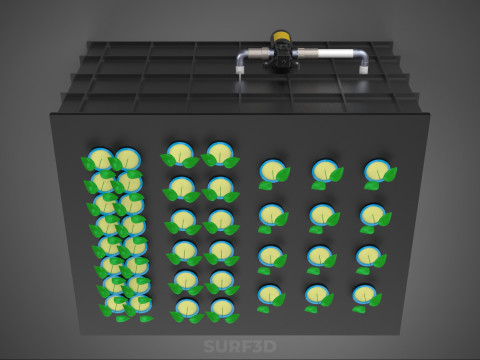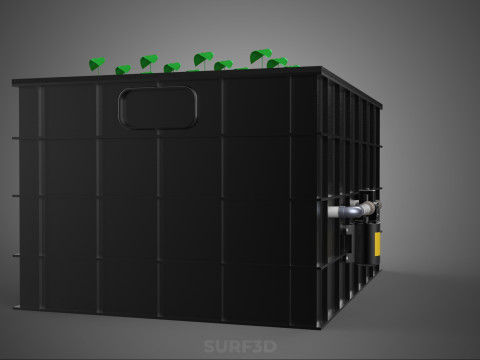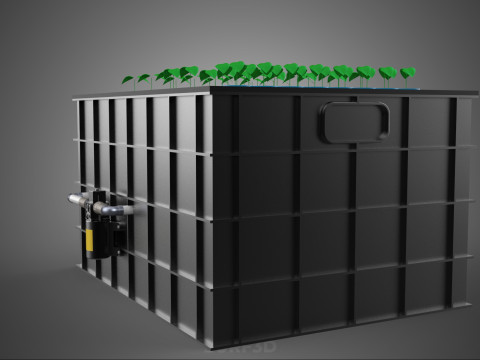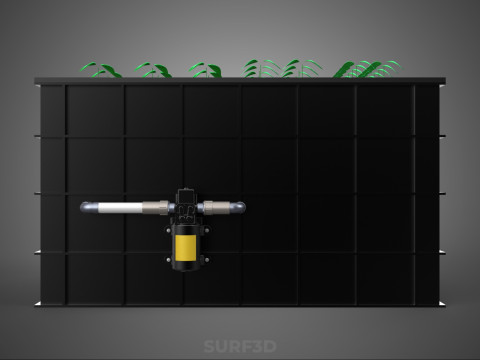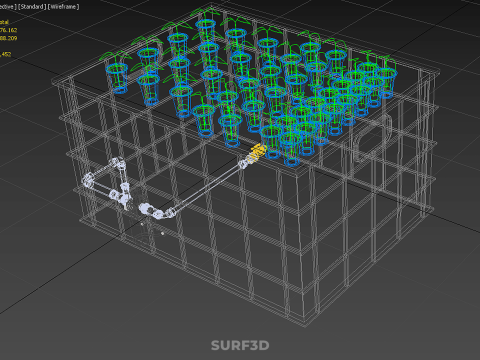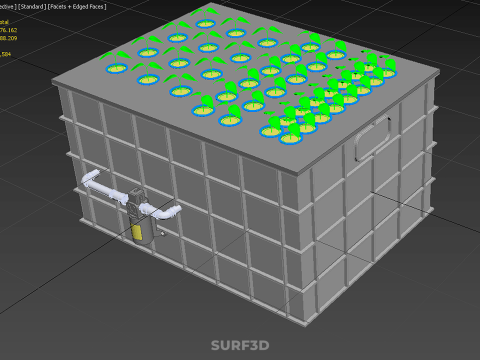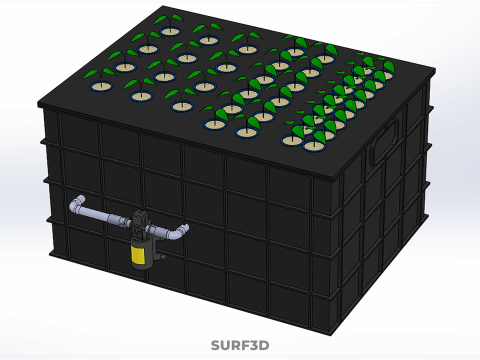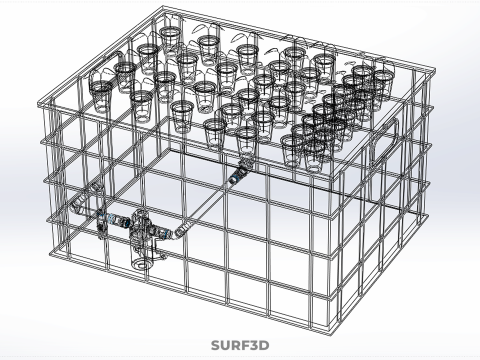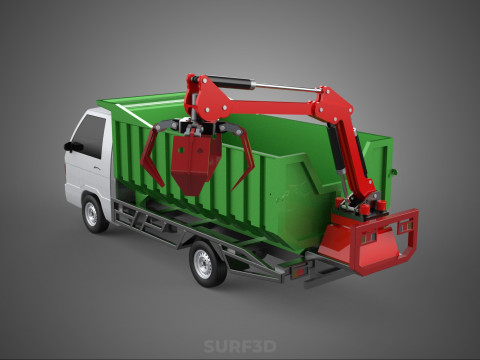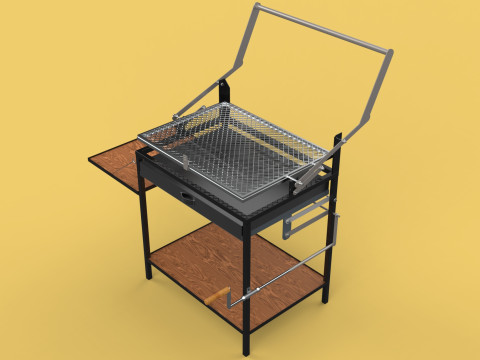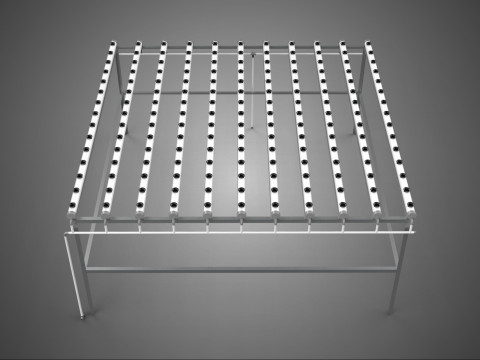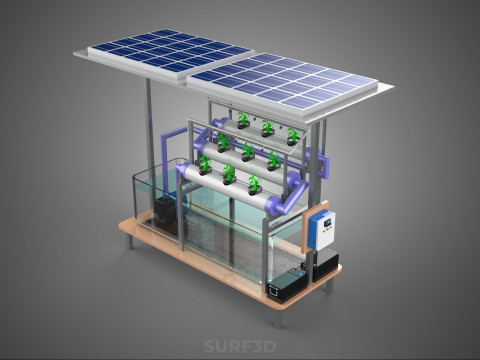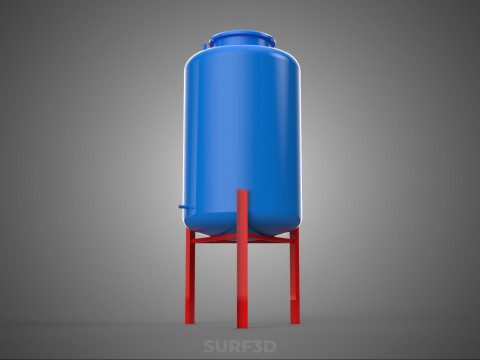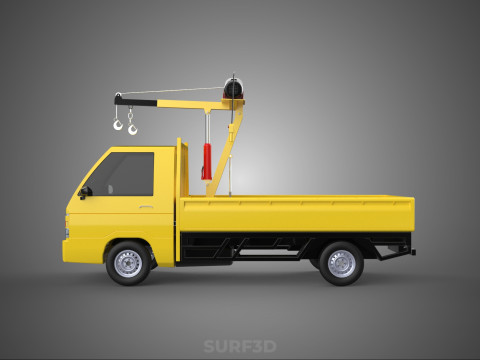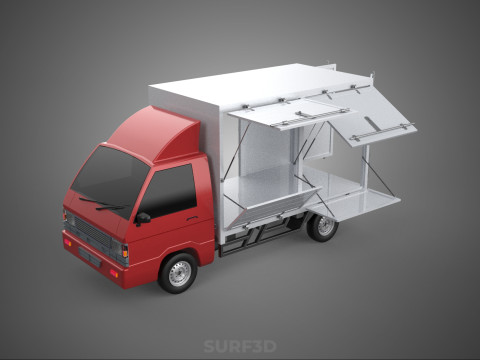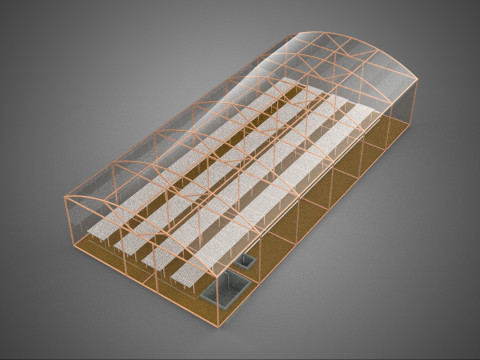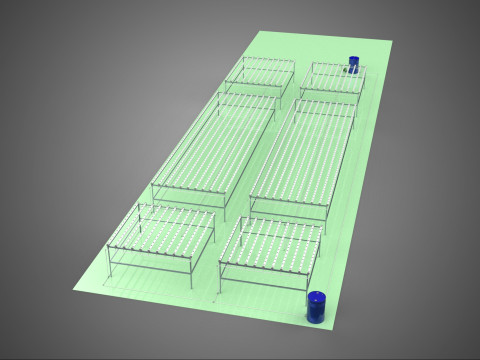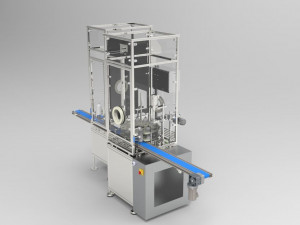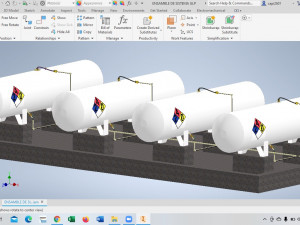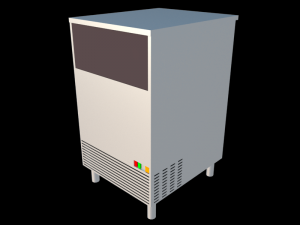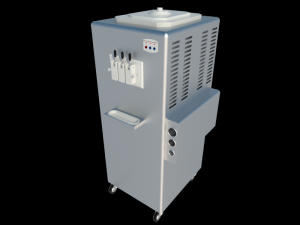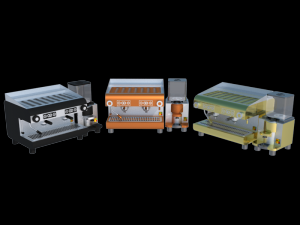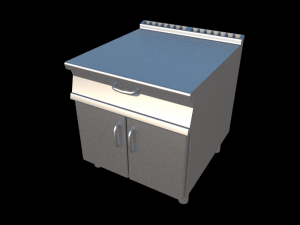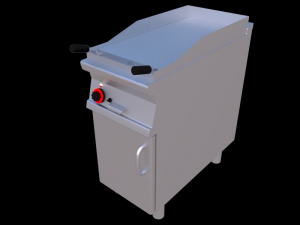SISTEMA DE MÁQUINA DE PLANTA DE CLONAGEM HIDROPÔNICA AEROPÔNICA Modelo 3D
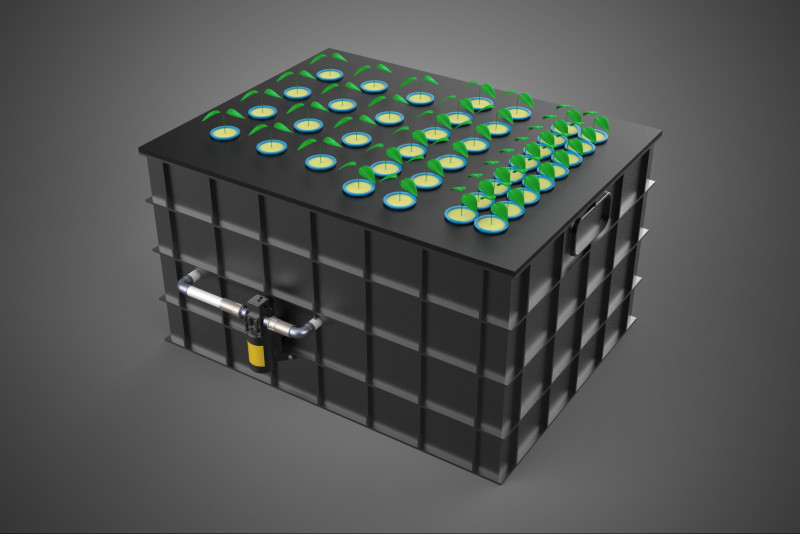
- Solicitar suporte ao produto pelo autor
- Formatos disponíveis:
- ID do Item:613245
- Data: 2025-11-22
- Polígonos:376162
- Vértices:288209
- Animados:No
- Textura:No
- Equipados:No
- Materiais:
- Low-poly:No
- Coleção:No
- Mapeamento UVW:No
- Plugins Utilizados:No
- Pronto para impressão:No
- Scan 3D:No
- Conteúdo adulto:No
- PBR:No
- Treinamento de IA:No
- Geometria:Poly NURBS
- UVs não embalados:Unknown
- Visualizações:47
Descrição
High-quality 3D assets at affordable prices — trusted by designers, engineers, and creators worldwide. Made with care to be versatile, accessible, and ready for your pipeline.
Included File Formats
This model is provided in 14 widely supported formats, ensuring maximum compatibility:
• - FBX (.fbx) – Standard format for most 3D software and pipelines
• - OBJ + MTL (.obj, .mtl) – Wavefront format, widely used and compatible
• - STL (.stl) – Exported mesh geometry; may be suitable for 3D printing with adjustments
• - STEP (.step, .stp) – CAD format using NURBS surfaces
• - IGES (.iges, .igs) – Common format for CAD/CAM and engineering workflows (NURBS)
• - SAT (.sat) – ACIS solid model format (NURBS)
• - DAE (.dae) – Collada format for 3D applications and animations
• - glTF (.glb) – Modern, lightweight format for web, AR, and real-time engines
• - 3DS (.3ds) – Legacy format with broad software support
• - 3ds Max (.max) – Provided for 3ds Max users
• - Blender (.blend) – Provided for Blender users
• - SketchUp (.skp) – Compatible with all SketchUp versions
• - AutoCAD (.dwg) – Suitable for technical and architectural workflows
• - Rhino (.3dm) – Provided for Rhino users
Model Info
• - All files are checked and tested for integrity and correct content
• - Geometry uses real-world scale; model resolution varies depending on the product (high or low poly)
• • - Scene setup and mesh structure may vary depending on model complexity
• - Rendered using Luxion KeyShot
• - Affordable price with professional detailing
Buy with confidence. Quality and compatibility guaranteed.
If you have any questions about the file formats, feel free to send us a message — we're happy to assist you!
Sincerely,
SURF3D
Trusted source for professional and affordable 3D models.
More Information About 3D Model :
The Aeroponic Hydroponic Cloning System, often referred to as a vegetative propagation manifold or automated plant cloner, is a specialized apparatus employed in controlled environment agriculture (CEA) for the asexual reproduction of plant specimens. This machine facilitates the rapid development of adventitious roots on excised stem cuttings (clones) without requiring traditional soil or inert solid substrates, relying instead on optimized delivery of nutrient solutions and maximum gaseous exchange in the root zone.
### Definition and Functionality
The primary function of the Aeroponic Cloning System is to achieve high-success-rate clonal propagation. Clonal propagation is the process of generating genetically identical individuals from a single parent plant. Unlike traditional methods that rely on rooting hormone and embedding cuttings in a substrate like rockwool or peat, these systems suspend the basal end of the cutting directly into an enclosed, highly oxygenated rooting chamber.
While the nomenclature often includes "Hydroponic" and "Aeroponic," the most efficient commercial cloners predominantly utilize true or modified low-pressure aeroponics. In a true aeroponic cloner, cuttings are secured using non-toxic, inert neoprene collars mounted atop a manifold (lid). The root zone is suspended in darkness within an opaque reservoir or propagation chamber. A submersible pump periodically cycles the nutrient solution through a pressurized manifold and specialized misting nozzles or nebulizers. These nozzles atomize the solution into a fine aerosol mist (droplet size typically 5 to 50 micrometers), which delivers dissolved oxygen, water, and essential minerals directly to the exposed vascular tissue of the cutting.
### Operational Principles
The system optimizes the critical factors necessary for rooting:
1. **Oxygenation:** Aeroponic systems provide unparalleled levels of dissolved oxygen (DO) to the basal tissue, which is crucial for cellular respiration and the energy required for initial callus formation and subsequent root growth.
2. **Humidity and Temperature:** The enclosed chamber maintains high localized humidity, preventing desiccation of the cutting’s stomata while the root zone temperature is kept consistent and slightly cooler than the ambient air (typically 20–24 °C).
3. **Nutrient Delivery:** The intermittent misting cycle ensures that the cutting receives continuous hydration and precise doses of a tailored nutrient solution (often a mild formula high in phosphorous and low in nitrogen), eliminating the risk of nutrient deficiencies or toxicity prevalent in soil-based starts. The cycle timing is highly critical, usually alternating between short bursts of misting (seconds) and longer dormant periods (minutes) to ensure adequate air exposure.
### System Components
A standard aeroponic cloner machine comprises several essential components:
* **Reservoir (Propagation Chamber):** An opaque, light-proof container that houses the nutrient solution and serves as the enclosed rooting environment. Opaque material prevents algae growth and maintains root zone darkness.
* **Misting Manifold and Pump:** A submersible pump connected to internal tubing (the manifold) that distributes the pressurized solution to specialized spray nozzles (misters).
* **Neoprene Inserts (Collars):** Soft, reusable foam or rubber collars that mechanically support the cutting and seal the opening, preventing light intrusion and minimizing evaporation.
* **Drainage/Return System:** The chamber allows the nutrient solution that does not adhere to the cuttings to drain back into the reservoir for recirculation, ensuring high water efficiency.
### Advantages Over Traditional Methods
Aeroponic cloning systems offer distinct advantages over traditional propagation methods using media (such as peat pellets or soil plugs):
* **Speed and Efficiency:** Root emergence typically occurs faster due to optimal oxygen exposure and nutrient availability, reducing the overall vegetative propagation cycle.
* **Reduced Pathogen Risk:** The absence of a solid growing medium eliminates most substrate-borne pathogens (e.g., *Pythium*, *Fusarium*) and reduces the vector potential for insects like fungus gnats.
* **Uniformity:** All clones in the system are exposed to the exact same environmental conditions and nutrient concentrations, promoting highly homogeneous growth.
* **Ease of Transplant:** Roots grown in aeroponic chambers are robust and free of media, simplifying the transplant process into any subsequent growing system (soil, hydroponics, or soilless mix).
Aeroponic cloning systems are extensively utilized in commercial horticulture, plant research laboratories, and advanced hobby growing operations where maintaining genetic purity and high throughput propagation rates are paramount.
KEYWORDS: Aeroponics, Hydroponics, Cloning, Vegetative Propagation, Controlled Environment Agriculture, Cuttings, Plant Propagation, Cloner Machine, Rooting System, Soilless Cultivation, CEA, Nutrient Film Technique, Deep Water Culture, Neoprene Collars, Adventitious Roots, Callus Formation, Nutrient Solution, Propagation Chamber, Misting Nozzles, Root Zone, High Oxygenation, Commercial Horticulture, Tissue Culture, Automated System, Root Development, Germination, Manifold, Pump System, Asexual Reproduction, High Success Rate.
Precisa de mais formatos?
Se precisar de um formato diferente, por favor abra um novo Support Ticket e solicite isso. Podemos converter modelos 3D para: .stl, .c4d, .obj, .fbx, .ma/.mb, .3ds, .3dm, .dxf/.dwg, .max. .blend, .skp, .glb. Conversão de Formato GrátisNão convertemos cenas 3D e formatos como .step, .iges, .stp, .sldprt.!
Informação de utilização
SISTEMA DE MÁQUINA DE PLANTA DE CLONAGEM HIDROPÔNICA AEROPÔNICA - Pode utilizar este modelo 3D isento de royalties para fins pessoais e comerciais, de acordo com a Licença Básica ou Prolongada.A Licença Básica abrange a maioria dos casos de utilização padrão, incluindo anúncios digitais, projetos de design e visualização, contas comerciais em redes sociais, aplicações nativas, aplicações web, videojogos e produtos finais físicos ou digitais (gratuitos e vendidos).
A Licença Estendida inclui todos os direitos concedidos ao abrigo da Licença Básica, sem limitações de utilização, e permite que o modelo 3D seja utilizado em projetos comerciais ilimitados ao abrigo dos termos de isenção de royalties.
Leia mais


 English
English Español
Español Deutsch
Deutsch 日本語
日本語 Polska
Polska Français
Français 中國
中國 한국의
한국의 Українська
Українська Italiano
Italiano Nederlands
Nederlands Türkçe
Türkçe Português
Português Bahasa Indonesia
Bahasa Indonesia Русский
Русский हिंदी
हिंदी